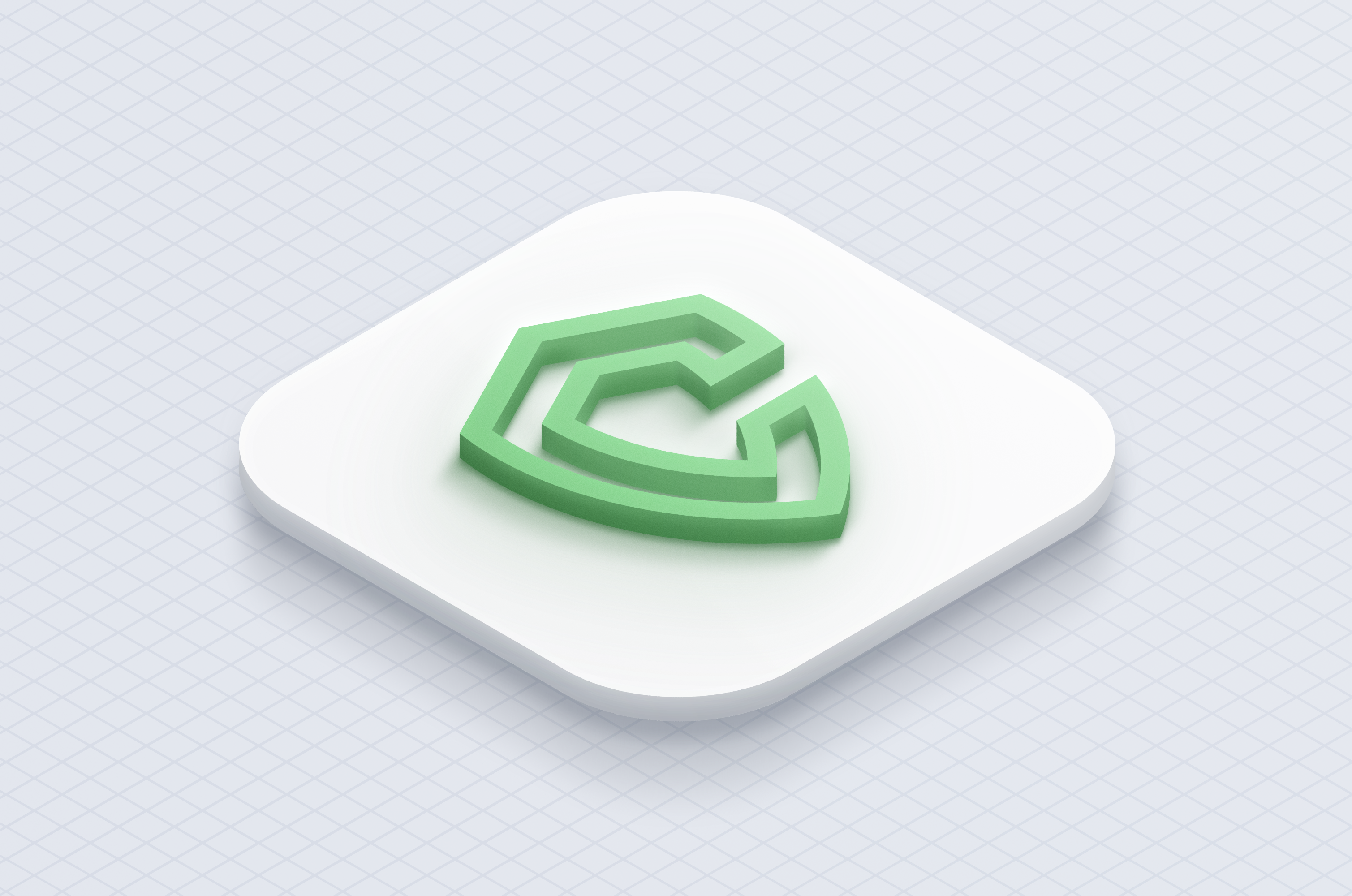Cyber Hygiene Tips That Help You Stay Secure Online Every Day

Have you ever walked into a cluttered room and felt overwhelmed? Dirty laundry everywhere, half-drunk cups hidden under piles, you can’t find your keys, and everything feels chaotic. That’s exactly how digital spaces feel when we ignore cyber hygiene, simple, everyday habits that help keep our online lives organized and safe.
In our personal and professional lives, we rely on technology more than ever. It’s how we connect, shop, work, and entertain ourselves. Even minor mistakes, such as weak passwords or neglected software updates, can spiral into major headaches if sloppy habits are allowed to take hold. We can avoid all that by adopting a few practical routines to maintain digital well-being.
Imagine trying to live in a house where the doors don’t lock, the windows are cracked open, and the lights flicker because the wiring is outdated. It would feel uncomfortable and unsafe. That is what your digital environment can become if you don’t take cyber hygiene seriously.
Most people don’t think twice about brushing their teeth or washing their hands. These habits have been drilled into us from childhood. Cyber hygiene should be viewed the same way. It’s not about paranoia or complexity. It is about forming daily routines that protect your data, devices, and peace of mind.
The Technology That Enables Good Habits
While cyber hygiene is fundamentally about building good habits, technology plays a crucial role in making those habits sustainable. The right tools can automate routine tasks, provide visibility into potential issues, and make security practices easier to follow.
Modern security platforms offer centralized dashboards that provide real-time visibility into your organization’s security posture. They can automatically detect unmanaged devices, identify missing patches, and alert you to potential policy violations. These tools don’t replace human judgment, but they make it easier to maintain good cyber hygiene at scale.
The key is choosing solutions that integrate well with your existing systems and workflows. Security tools that require significant changes to how people work are less likely to be adopted successfully.
Measuring Success: Beyond Compliance Checklists
How can you assess the effectiveness of your cyber hygiene practices? Conventional security metrics typically emphasize compliance metrics, such as the number of patches applied, the number of employees who completed training, and the count of vulnerabilities identified and resolved.
While these metrics hold significance, they do not provide a complete picture. More impactful measures include:
– The average time taken to detect and address security incidents
– The percentage of systems that are routinely maintained and updated
– Employees’ confidence in reporting possible security concerns
– The decrease in successful phishing and other social engineering attacks
– The enhancement in security awareness survey results
The objective isn’t merely to achieve flawless security audit scores; rather, it’s to cultivate an organization capable of swiftly recognizing and addressing security challenges while staying adaptable to evolving business requirements.
The Forgotten Foundation of Security
When we hear “cyber hygiene”, our minds often jump to technical jargon and complex procedures. But here’s the thing: cyber hygiene is surprisingly simple. It’s about building sustainable habits that keep your digital environment clean, organized, and secure, much like maintaining your physical health through regular exercise and proper nutrition.
The comparison isn’t just clever marketing speak. Just as neglecting your physical health leads to bigger problems down the road, ignoring basic digital maintenance creates vulnerabilities that attackers exploit. The difference? While poor physical hygiene mainly affects you, poor cyber hygiene can impact your entire organization, your customers, and potentially thousands of other people.
Cost of Complacency
Let’s talk numbers for a moment. Recent studies show that over half of cybersecurity incidents stem from poor hygiene practices. That’s not advanced persistent threats or zero-day exploits, it’s basic mistakes that could have been prevented with routine maintenance.
Consider the last major breach you heard about in the news. If you dig into the details, you’ll find that the attackers didn’t need to be particularly clever. They simply exploited something obvious: an unpatched system, a weak password, or an employee account that should have been deactivated months ago.
This pattern repeats itself across industries. Healthcare organizations lose patient data because someone used “password123” for a critical system. Financial institutions get compromised because a former employee’s access wasn’t properly revoked. Government agencies face attacks because they failed to update software that had known vulnerabilities.
The frustrating part? These incidents are entirely preventable.
The Psychology Behind Poor Cyber Hygiene
Before we dive into solutions, let’s understand why maintaining cyber hygiene is so challenging. It’s not because people don’t care about security, it’s because the human brain is wired to prioritize immediate, visible threats over abstract, future risks.
When your computer is running slowly, you notice it immediately and take action. When a security patch is available, there’s no immediate consequence for delaying it. This creates a dangerous cycle where urgent tasks push aside important maintenance, leaving security gaps that widen over time.
Additionally, there’s the issue of “Security Fatigue.” Employees get overwhelmed by constant security reminders, password changes, and training sessions. Eventually, they start taking shortcuts or ignoring protocols altogether, ironically making the organization less secure despite increased security awareness efforts.
Building a Sustainable Approach
So, how do you break this cycle? The secret isn’t more tools or stricter policies, it’s creating systems that make good security practices the easiest option.
Start With Your Entry Points
Passwords are like the keys to your digital life. Weak or reused ones are practically an invitation for trouble. Using “admin123” or your birthday may seem convenient, but it’s like leaving the key under the doormat.
Strong passwords should be long, unique, and unpredictable. You don’t need to remember every one of them; that’s what password managers are for. They securely store your login credentials and generate strong options when needed.
Additionally, wherever possible, enable two-factor authentication. This adds an extra layer of protection. Even if someone obtains your password, they will still need a secondary code from your phone or app to gain access.
Update Like You Mean It
Software updates are easy to ignore. Those little reminders pop up and we click “later” without thinking. But updates are not just about new features. They often patch vulnerabilities that attackers could use to break in.
The longer you delay updates, the more exposed you are. Make it a habit to check regularly or set devices to update automatically. Think of it as fixing cracks in your walls before they become structural issues.
Asset Visibility
You can’t protect what you don’t know exists. This sounds obvious, but you’d be surprised how many organizations have incomplete inventories of their digital assets. That old server in the corner, the cloud service someone signed up for last year, the mobile devices employees use for work, if you can’t see it, you can’t secure it.
Building comprehensive asset visibility requires more than just making a list. It means creating processes that automatically discover new devices, track software installations, and monitor changes to your digital environment. When something new appears on your network, you should know about it immediately.
Embrace Automation Where Possible
The most effective cyber hygiene programs rely heavily on automation. Manual processes are prone to human error and don’t scale well as organizations grow. Instead of relying on someone to remember to apply patches every month, set up systems that can identify, test, and deploy updates automatically.
This doesn’t mean automation should replace human judgment; critical systems still need careful review before changes are made. But for routine maintenance tasks, automation ensures consistency and reduces the likelihood of something slipping through the cracks.
Prioritize Based on Risk
Not all security measures are created equal. A vulnerability in an internet-facing application that processes customer data deserves immediate attention. A minor issue in an internal system that handles non-sensitive information can wait for the next maintenance window.
Effective cyber hygiene programs use risk-based prioritization to focus resources where they matter most. This means understanding your organization’s crown jewels, the systems and data that would cause the most damage if compromised, and ensuring they receive the highest level of protection.
Don’t Trust Every Network
Free Wi-Fi is everywhere. It’s convenient, especially in cafes, hotels, or airports. But not every network is safe. Without proper protection, others on the same network can monitor your activity.
If you must use public Wi-Fi, avoid accessing sensitive accounts such as online banking. Better yet, use a virtual private network (VPN). It encrypts your internet activity so others cannot see what you are doing, even on an unsecured network.
When possible, stick to trusted, password-protected networks and avoid connecting to networks with generic names.
Data: Data: Know What You Have and Where It Lives
Data classification may seem like a mundane task, but it is essential for proper cyber hygiene. Without knowing the location of sensitive information and who has access to it, you cannot ensure its protection.
Effective data hygiene today entails automatically scanning and categorizing information based on its content and context. Records related to finances, customer information, intellectual property, and other sensitive data should be distinctly labeled and safeguarded according to their significance.
This approach is not merely about compliance; it ensures that your organization’s most critical assets receive the necessary protection. When employees recognize which data is sensitive and its importance, they are more likely to manage it responsibly.





 Governance and Policy Management
Governance and Policy Management